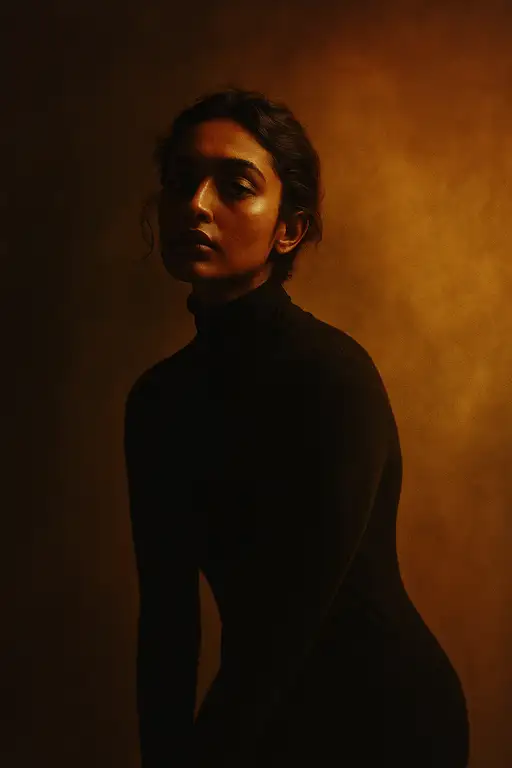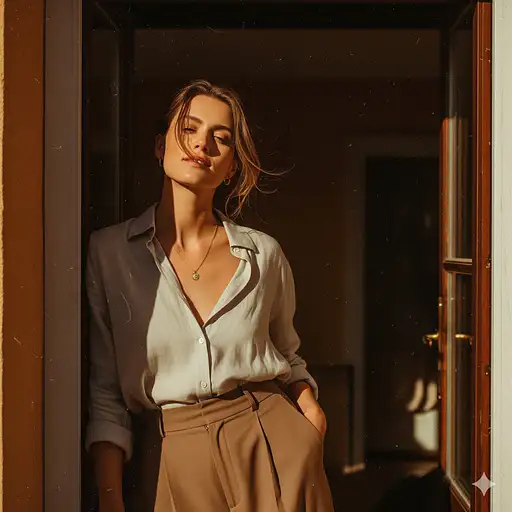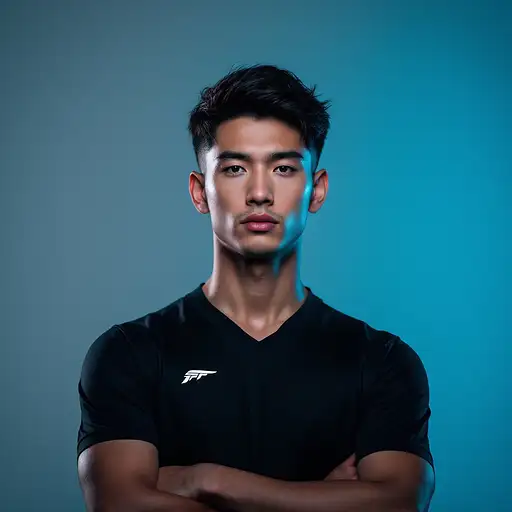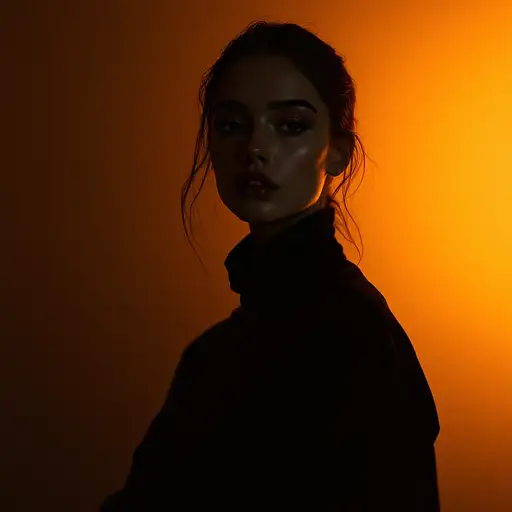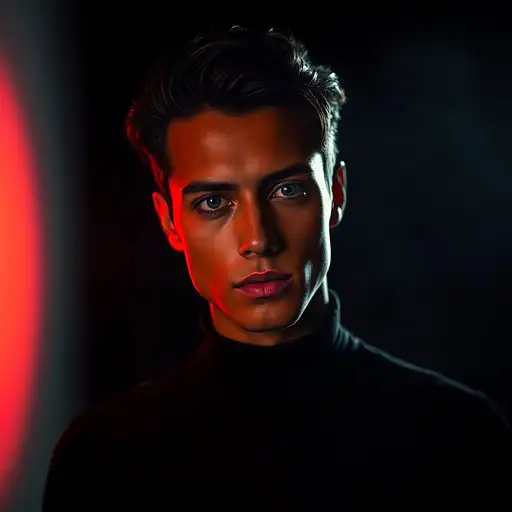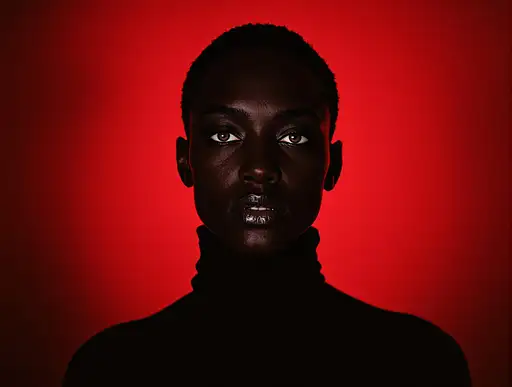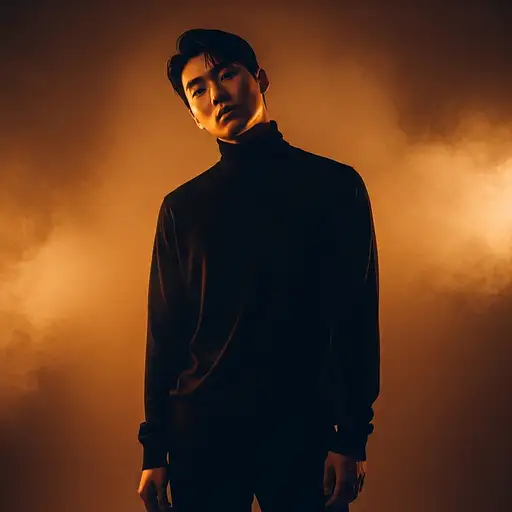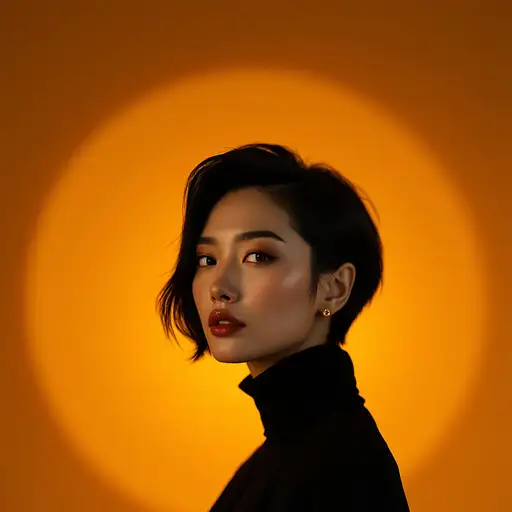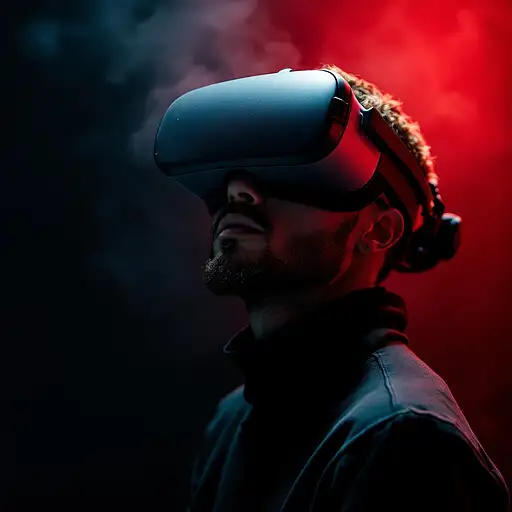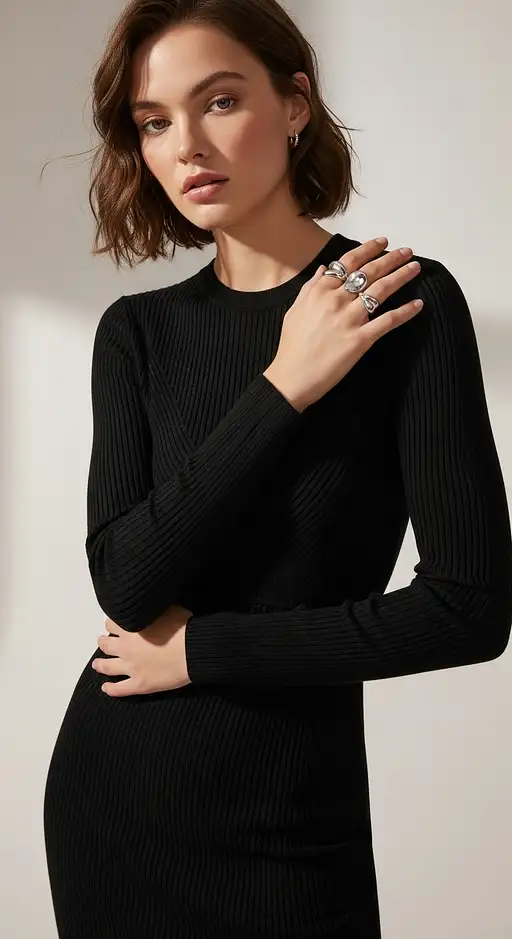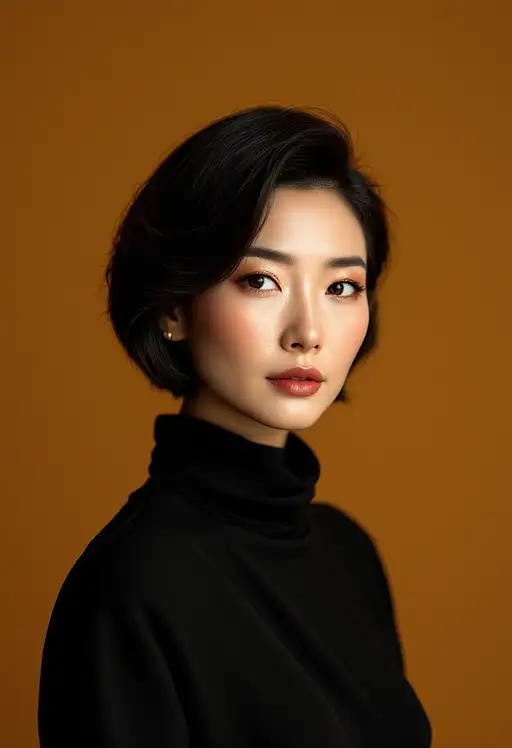2 months ago
{
"meta": {
"name": "Chic Southern European Portrait",
"description": "A natural light photograph with a warm, vintage-inspired color palette. The style evokes a relaxed, chic European summer aesthetic, characterized by soft textures, balanced contrast, and a film-like grain."
},
"mood": {
"realismLevel": "photorealistic",
"emotionalTone": "relaxed, chic, summery, nostalgic"
},
"color": {
"hue": "warm earth tones with muted floral accents",
"palette": [
"#9F4A39",
"#E3D8CB",
"#2B252E"
],
"contrast": "balanced—bright light and muted shadows",
"brightness": "medium ambient lighting",
"saturation": "desaturated muted tones"
},
"camera": {
"zoom": "medium—balanced between subject and background",
"angle": "straight-on neutral",
"perspective": "eye-level perspective",
"depthOfField": "shallow—sharp subject with blurred background"
},
"texture": {
"grain": "light, film-like texture",
"brushStyle": "photographic rendering",
"detailLevel": "high with soft finishing touches",
"lineQuality": "soft natural edges",
"surfaceStyle": "photorealistic smooth"
},
"lighting": {
"direction": "natural sidelight from the left",
"intensity": "medium, diffused daylight",
"volumetric": false,
"shadowStyle": "soft edged but defined",
"temperature": 5500,
"highlightStyle": "soft diffused highlights"
},
"rendering": {
"format": "JPEG",
"medium": "digital photography with film emulation",
"animated": false,
"outputSize": "portrait"
},
"atmosphere": {
"fog": "none",
"grain": "gentle vintage grain overlay",
"vignette": "subtle natural vignette",
"ambientMotion": "static calm scene"
},
"composition": {
"depth": 3,
"focus": "subject in environmental context",
"framing": "natural framing using doorway",
"motionFlow": "static peaceful composition",
"perspective": "deep three-dimensional",
"negativeSpaceRatio": 0.2
}
}
